Post-lambing management: The upturn in weather is allowing indoor lambing ewes and lambs to be turned outdoors quickly after lambing. Ideally, ewes and lambs should be gathered in small groups in sheltered fields for a period before joining into larger groups.
It is important to note that lactating ewes have a high water demand in early lactation, ranging in general from seven to eight litres per day but rising to as high as 10 litres or greater where ewes are being fed a high dry matter diet or suckling multiple lambs. Ewes should have free access to a clean supply of water, both indoors and outdoors.
Outdoor lambing: A good long-term forecast has put outdoor lambing back on the agenda for some farms. With favourable conditions, turning out ewes to fields with short grass of 4cm to 6cm in height should be sufficient to meet late pregnancy nutritional requirements. Grass supplies and ground conditions will influence the potential stocking rate, but the general advice is to stock at a rate of about five ewes per acre (12 ewes/ha). Grass should be targeted to priority stock, with twins generally the preferred option. Be careful also not to graze too high a percentage of saved grass that will just end up leaving grass supplies tight in early lactation.
It is important with single-bearing ewes to limit access to grass to avoid excessive birth weights and lambing difficulties. Many farmers prefer to house singles and triplets with the added advantage of a more straightforward option to cross foster lambs. A pen in the corner of the field or access to a shed is also important, should ewes that require lambing assistance prove hard to catch.
Second-grade hoggets: Hogget demand will be strongest in the run-up to Easter. It is worthwhile assessing hoggets retained for breeding and drafting any hoggets that have not performed as anticipated. This is particularly beneficial in a production system targeting the sale of hogget ewes in breeding sales. At a return of €5.70/kg a 22.5kg carcase will return just shy of €130 per head, not too dissimilar to the trade last autumn for lower grade types. Only draft hoggets with a good cover of flesh, as factories are discounting for poorly finished hoggets.
Worming ewes: Advice differs on the merit of worming ewes post lambing. Most advice leans to avoiding treating healthy ewes to reduce the rate of resistance developing to commonly used anthelmintics. Ewes in poor body condition, suffering from other ailments or under severe nutritional stress may benefit from treatment. Lactating hogget ewes should also be included in worming programmes.
Fertiliser application: Ground conditions are improving steadily but remain highly variable, depending on the part of the country. It is important to get fertiliser applied, once possible, to kick-start growth and tailor grass supplies to rising demand from grazing ewes and lambs. This week’s sheep feature on page 51 includes advice from Teagasc crops and soil nutrition specialist Mark Plunkett on getting tired soils performing after a difficult winter.
Post-lambing management: The upturn in weather is allowing indoor lambing ewes and lambs to be turned outdoors quickly after lambing. Ideally, ewes and lambs should be gathered in small groups in sheltered fields for a period before joining into larger groups.
It is important to note that lactating ewes have a high water demand in early lactation, ranging in general from seven to eight litres per day but rising to as high as 10 litres or greater where ewes are being fed a high dry matter diet or suckling multiple lambs. Ewes should have free access to a clean supply of water, both indoors and outdoors.
Outdoor lambing: A good long-term forecast has put outdoor lambing back on the agenda for some farms. With favourable conditions, turning out ewes to fields with short grass of 4cm to 6cm in height should be sufficient to meet late pregnancy nutritional requirements. Grass supplies and ground conditions will influence the potential stocking rate, but the general advice is to stock at a rate of about five ewes per acre (12 ewes/ha). Grass should be targeted to priority stock, with twins generally the preferred option. Be careful also not to graze too high a percentage of saved grass that will just end up leaving grass supplies tight in early lactation.
It is important with single-bearing ewes to limit access to grass to avoid excessive birth weights and lambing difficulties. Many farmers prefer to house singles and triplets with the added advantage of a more straightforward option to cross foster lambs. A pen in the corner of the field or access to a shed is also important, should ewes that require lambing assistance prove hard to catch.
Second-grade hoggets: Hogget demand will be strongest in the run-up to Easter. It is worthwhile assessing hoggets retained for breeding and drafting any hoggets that have not performed as anticipated. This is particularly beneficial in a production system targeting the sale of hogget ewes in breeding sales. At a return of €5.70/kg a 22.5kg carcase will return just shy of €130 per head, not too dissimilar to the trade last autumn for lower grade types. Only draft hoggets with a good cover of flesh, as factories are discounting for poorly finished hoggets.
Worming ewes: Advice differs on the merit of worming ewes post lambing. Most advice leans to avoiding treating healthy ewes to reduce the rate of resistance developing to commonly used anthelmintics. Ewes in poor body condition, suffering from other ailments or under severe nutritional stress may benefit from treatment. Lactating hogget ewes should also be included in worming programmes.
Fertiliser application: Ground conditions are improving steadily but remain highly variable, depending on the part of the country. It is important to get fertiliser applied, once possible, to kick-start growth and tailor grass supplies to rising demand from grazing ewes and lambs. This week’s sheep feature on page 51 includes advice from Teagasc crops and soil nutrition specialist Mark Plunkett on getting tired soils performing after a difficult winter.




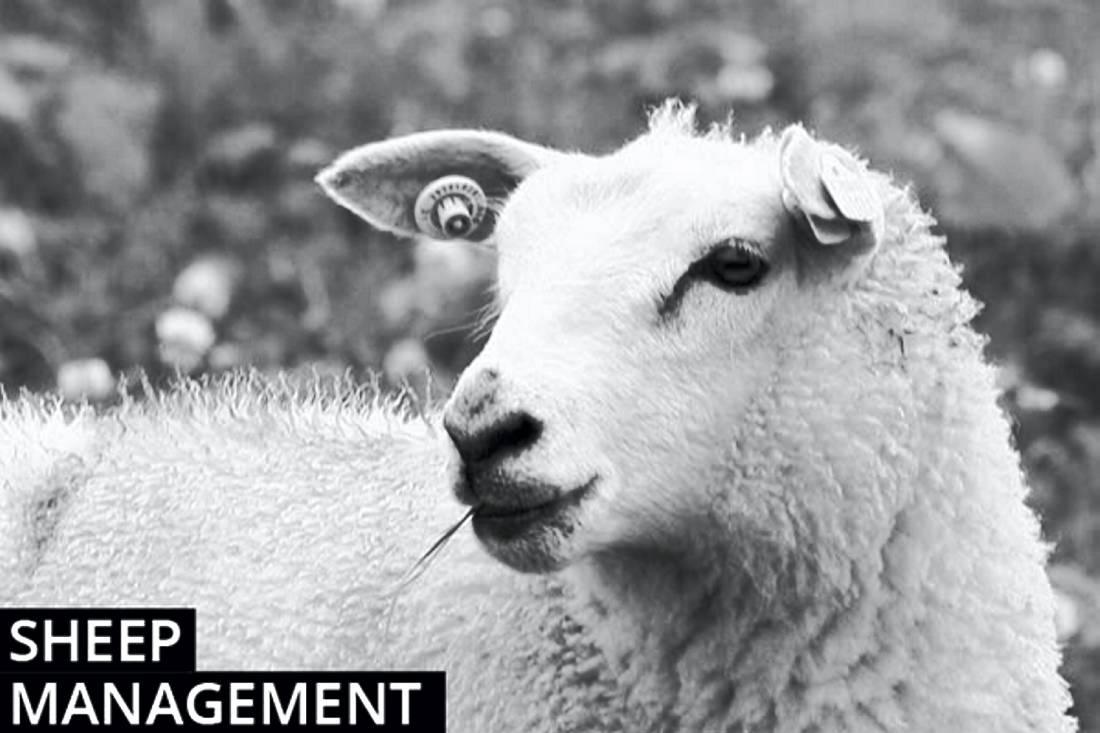
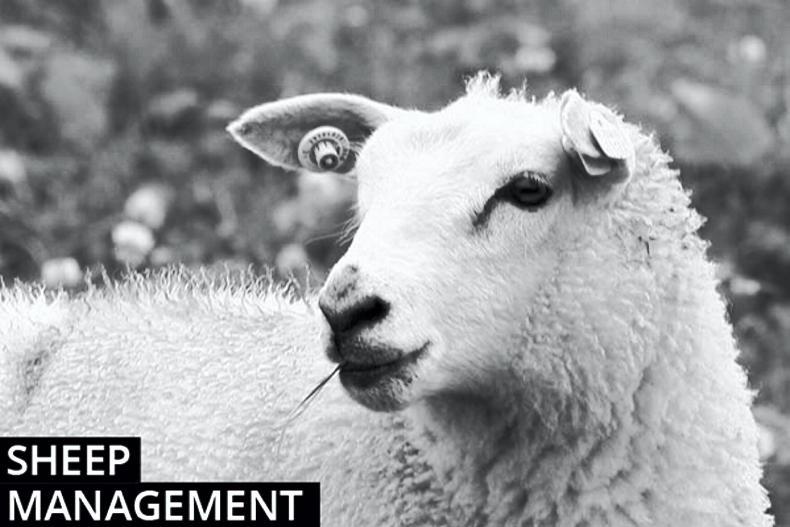

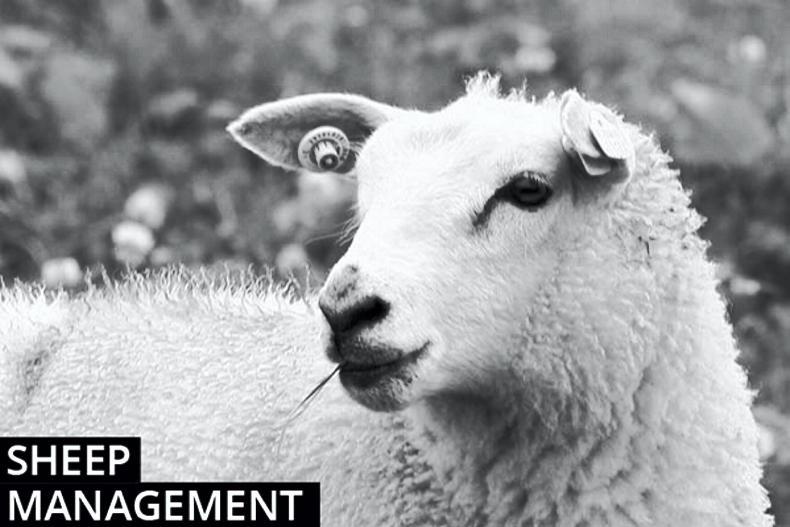
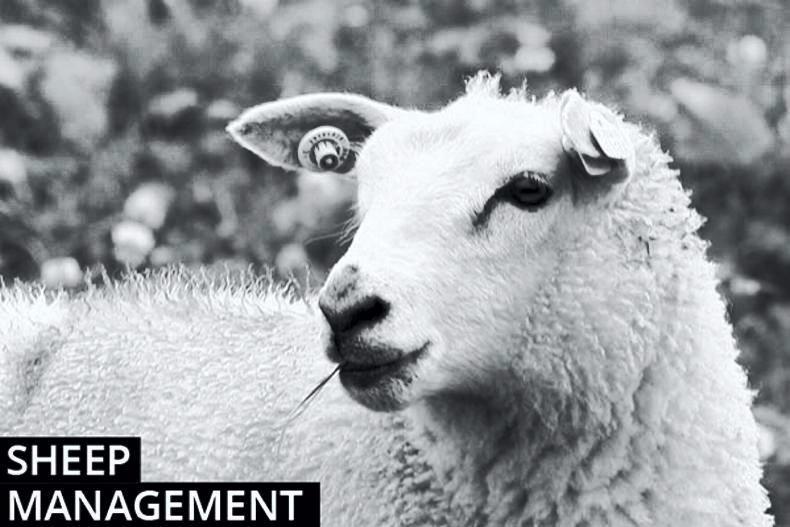
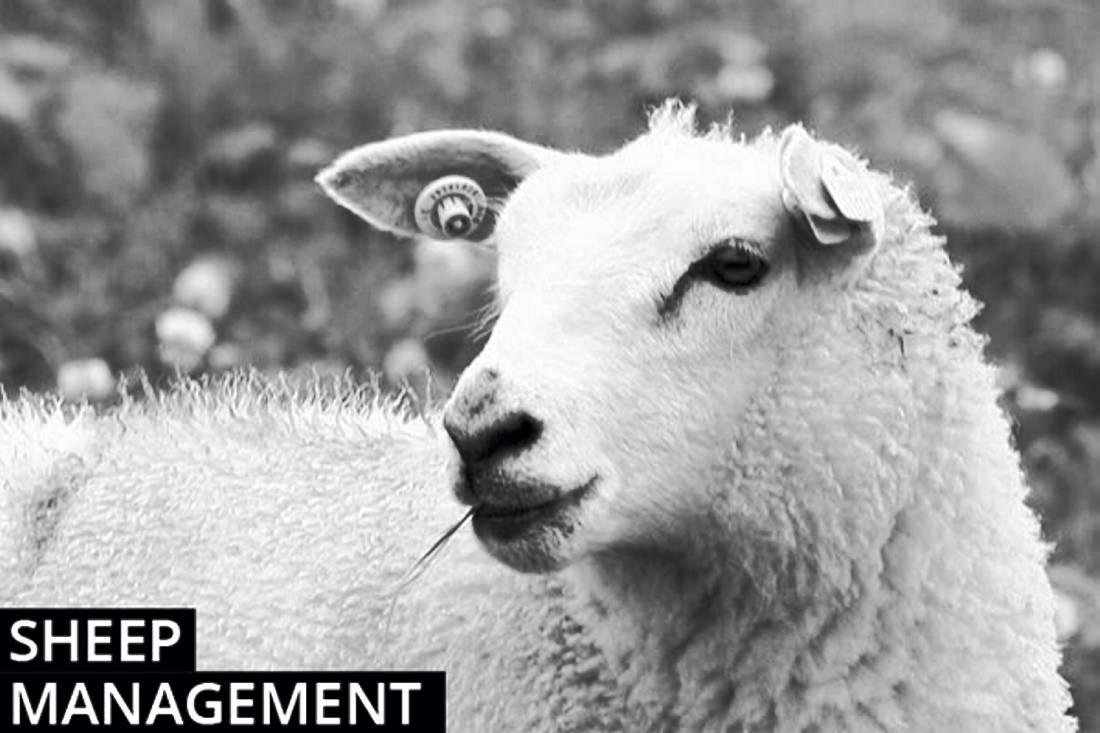
SHARING OPTIONS